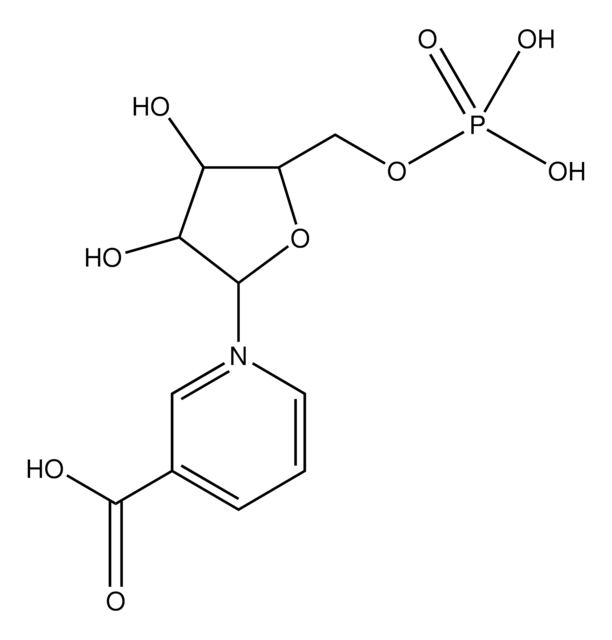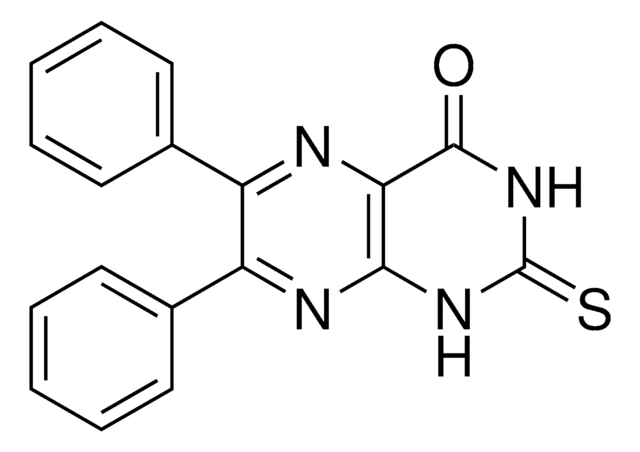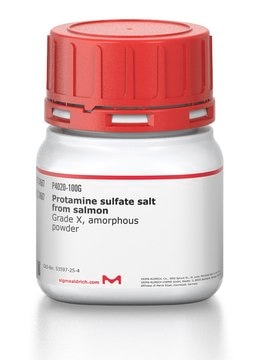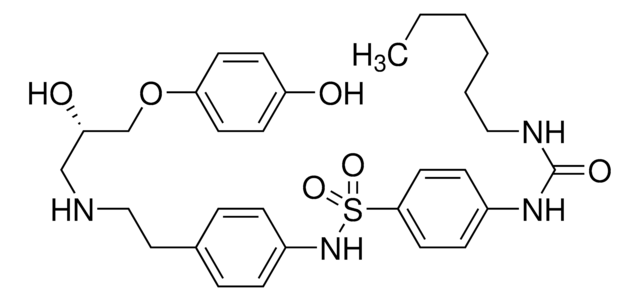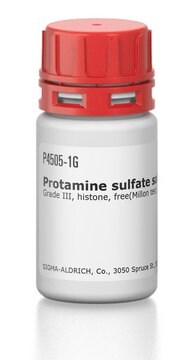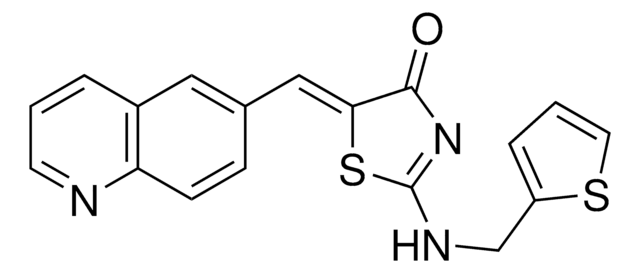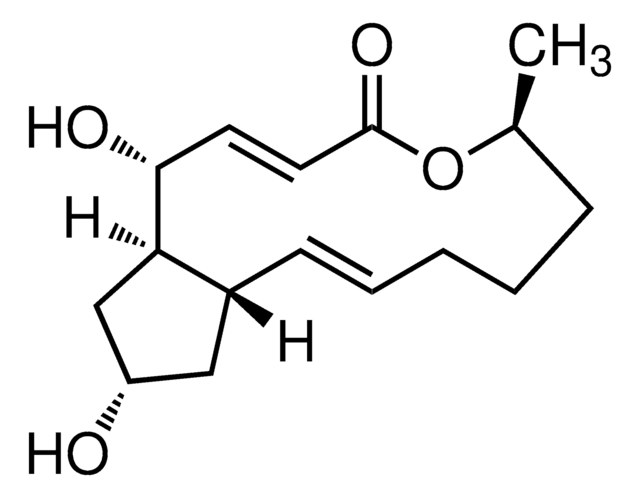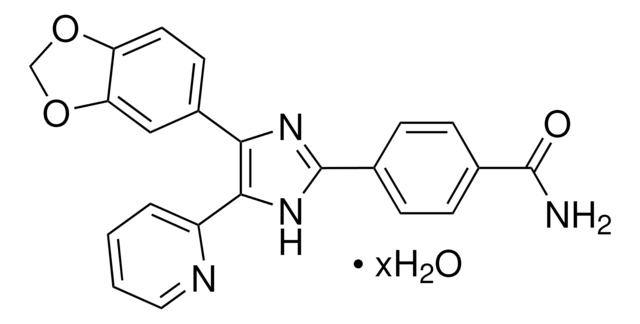Wichtige Dokumente
R9782
RS-1
≥98% (HPLC)
Synonym(e):
3-[(benzylamino)sulfonyl]-4-bromo-N-(4-bromophenyl)benzamide, 4-Bromo-N-(4-bromophenyl)-3-[[(phenylmethyl)amino]sulfonyl]-benzamide, RAD51-stimulatory compound 1
About This Item
Empfohlene Produkte
Assay
≥98% (HPLC)
Form
powder
Farbe
off-white to light tan
Löslichkeit
DMSO: ≥10 mg/mL
Lagertemp.
room temp
SMILES String
Brc1ccc(NC(=O)c2ccc(Br)c(c2)S(=O)(=O)NCc3ccccc3)cc1
InChI
1S/C20H16Br2N2O3S/c21-16-7-9-17(10-8-16)24-20(25)15-6-11-18(22)19(12-15)28(26,27)23-13-14-4-2-1-3-5-14/h1-12,23H,13H2,(H,24,25)
InChIKey
SWKAVEUTKGKHSR-UHFFFAOYSA-N
Anwendung
- as a homology-directed repair (HDR) agonist to study its effects on in human hematopoietic stem/progenitor cells (HSPCs)
- as HDR agonist to analyze its effects on DNA repair modulation in human induced pluripotent stem (iPS) cells
- as RAD51 agonist to study its effects on double-stranded break repair
Biochem./physiol. Wirkung
Lagerklassenschlüssel
11 - Combustible Solids
WGK
WGK 3
Flammpunkt (°F)
Not applicable
Flammpunkt (°C)
Not applicable
Hier finden Sie alle aktuellen Versionen:
Besitzen Sie dieses Produkt bereits?
In der Dokumentenbibliothek finden Sie die Dokumentation zu den Produkten, die Sie kürzlich erworben haben.
Kunden haben sich ebenfalls angesehen
Artikel
Small Molecule CRISPR Enhancers
Unser Team von Wissenschaftlern verfügt über Erfahrung in allen Forschungsbereichen einschließlich Life Science, Materialwissenschaften, chemischer Synthese, Chromatographie, Analytik und vielen mehr..
Setzen Sie sich mit dem technischen Dienst in Verbindung.
